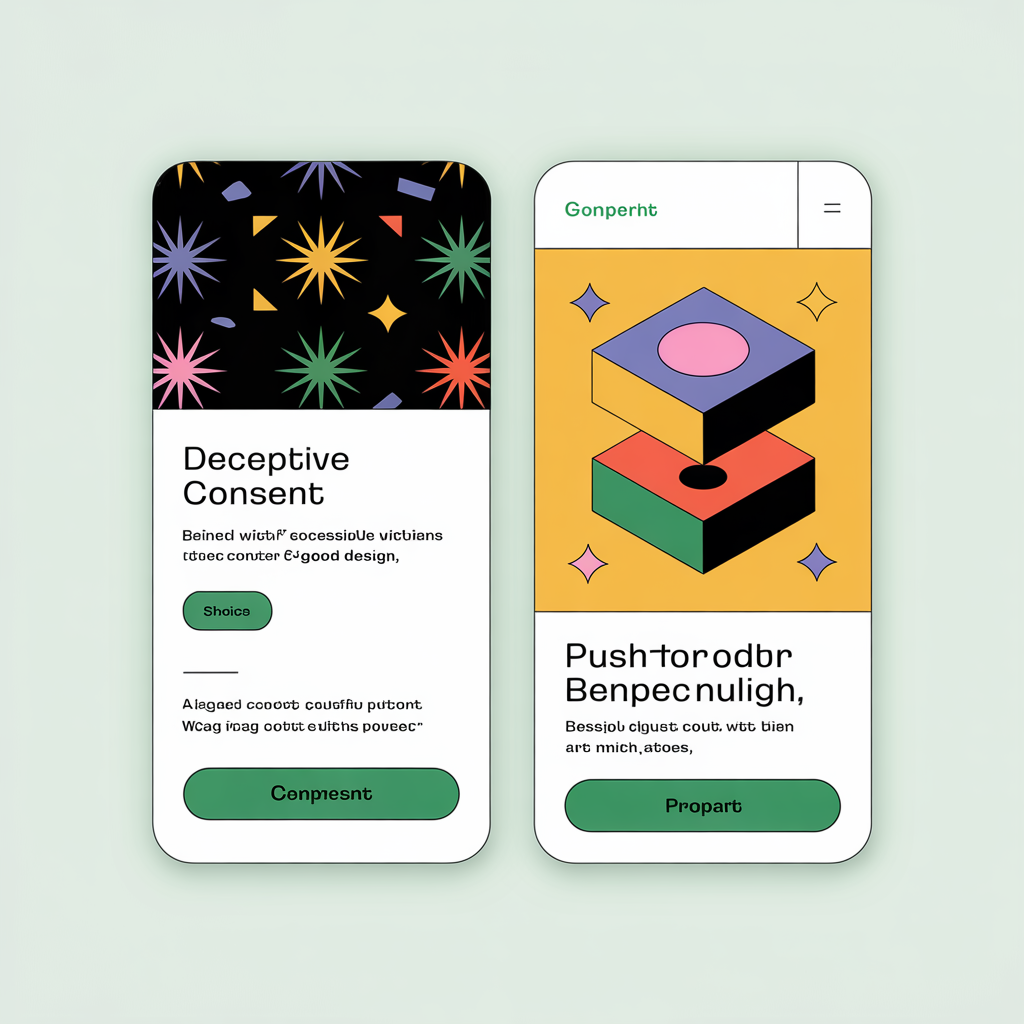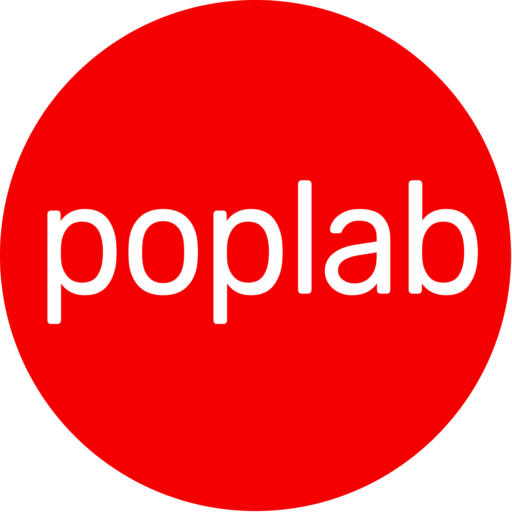They called it good UX. The flickering countdown that never hit zero. The consent flow that buried “reject all” beneath a fold the size of a legal pad. The “free trial” that quietly converted after a maze of links. It was craft, they said. A nudge, a push, a clever bit of friction that made numbers move and dashboards sing.
Then the lights came on.
Across Europe, rules have been converging—slowly, then all at once. You could feel it in the tightening language of compliance reviews, in the sudden discomfort around certain metrics, in the way leaders began asking, “What happens if we’re asked to defend this?” Now the answer is simple: the era of dark patterns as business strategy is over. The choice is not cleverness or compliance. It’s manipulation or trust.
For years, the manipulation was easy to justify. Conversion went up. Churn went down. “Users are busy; we’re helping them choose.” In rooms where growth was oxygen, the ethics felt negotiable. What got lost was consent. Not the checkbox version—a real, informed, reversible choice. Ask yourself: how many product wins were built on decisions users didn’t actually want, but were too rushed, confused, or cornered to avoid?
The new reality doesn’t argue with conversion. It argues with coercion. It says: if your success depends on someone not understanding what’s happening, you don’t have a product advantage—you have a loophole. And loopholes close.
You can see the shift in how teams talk. Legal is no longer a gate at the end but a partner at the beginning. Designers are rewriting flows with plain language because “clarity converts” is finally more than a motivational poster. Product managers, once trained to chase top-of-funnel lift at any cost, are discovering a different satisfaction: the metric that doesn’t recoil in month three, the revenue that doesn’t have to hide from a regulator, the trust that compounds.

This isn’t the death of persuasion. It’s a demand for higher craft. Persuasion respects the person on the other side of the screen. It assumes competence, not confusion. It earns the yes.
The redesign of a once‑performant subscription flow tells the story. It used to hum with tricks—a time‑boxed discount that mysteriously reset, a trial end date tucked beneath a scroll, a cancel link that shapeshifted at each click. It worked, in the way that a magician’s patter works: you got what you wanted, and they got what they didn’t expect. When the rules tightened, the team tried a different bet. The offer was clear; the timer was real; the cancel path was visible from the start. The initial conversion dipped. Then something odd happened: chargebacks fell; support tickets quieted; month‑two retention rose. The team had not discovered magic. They had discovered the cost of the old illusion.
There’s a deeper relief in this moment, especially for designers. For a long time, the pressure to “optimize” drifted into a strange morality: if you were good, you could make people do what the business wanted. If you were great, you could make them enjoy it. Now the brief is saner. It asks for alignment: can you help the user accomplish what they came to do, and can the business profit from doing that well? It’s harder than tricking someone into a recurring charge. It is also, finally, the job.
Teams that thrive under the new rules will do a few unfashionable things. They will write plainly. They will make “no” as easy as “yes” and trust that a reversible decision is one a user will return to. They will separate urgency from deception—real deadlines for real offers—and they’ll stop treating ambiguity as a growth lever. They will measure outcomes that signal health, not just harvest: fewer complaints, lower involuntary churn, higher voluntary renewals, longer‑term satisfaction that doesn’t need a labyrinth to protect it.

And they will design for accountability. That means leaving a record of why a flow is built the way it is—what choice it asks for, what alternatives were considered, what risks were weighed. It means treating consent as a first‑class experience, not a compliance checkbox bolted on at the end. It means being able to say, with a straight face and a clear diagram: here is how we persuade, here is where we inform, here is where we step back.
Some companies will protest. They’ll say the rules are vague. They’ll say competitors will cheat. They’ll say users don’t really mind. The market will answer in time. In every industry that has faced its dark patterns—finance, food labeling, environmental claims—transparency has a way of winning the long game. Trust is not just a virtue; it’s a distribution advantage. Products that don’t have to explain themselves twice move faster in the places that matter.
If you’re working inside a system that still rewards the old tricks, start where you have control. Replace one manipulative element with a clear, honest alternative. Make the optional truly optional. Put the total cost where the eye naturally goes. Time a real offer with a real end date and let it end. Watch what happens not just to conversion, but to cancellations, to support volume, to the way users talk about you when you’re not in the room.
And if you’re leading, set a new default: if a design depends on confusion, it doesn’t ship. If a number improves but the story you’d tell a regulator gets shakier, it doesn’t count. Praise the designers who make the “no” path beautiful. Celebrate the product wins that hold up under daylight. Build a culture that treats user agency as an asset, not an obstacle.
The old economy of dark patterns thrived on a simple bet: that speed and obscurity would outrun scrutiny. That bet is unwinding. In its place is a cleaner wager—that clarity, consent, and competence can scale. That the product that can be understood is the product that can be trusted. And that trust, once it starts compounding, is the most unfair advantage of all.


Leave a Reply